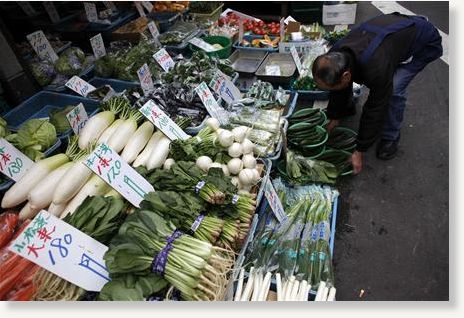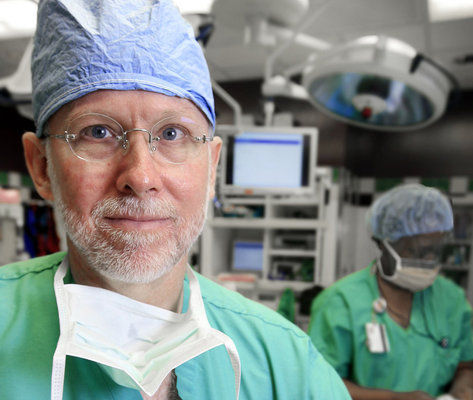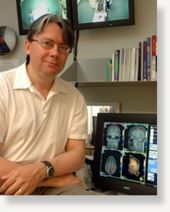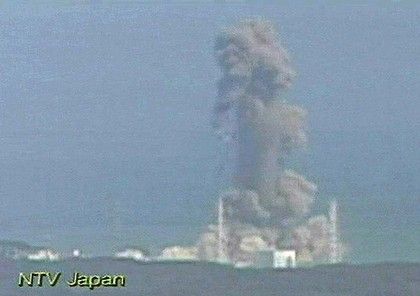
© ReutersA vendor arranges vegetables at a greengrocery in the Togoshi Ginza in Tokyo
Japanese authorities advised against allowing infants to drink tap water in Tokyo due to raised radiation levels and the United States became the first nation to block some food imports from Japan.
The crisis at the tsunami-smashed nuclear power plant, 250 km (150 miles) north of the Japanese capital, appeared far from over with workers attempting to gain control ordered to leave the site after black smoke began rising from one of its six reactors.
The plant was crippled by a 9.0 magnitude earthquake and tsunami on March 11. Some 23,000 people have been left dead or missing.
Tokyo authorities said water at a purification plant for the capital of 13 million people had 210 becquerels of radioactive iodine -- more than twice the safety level for infants.
"This is without doubt, an effect of the Fukushima Daiichi plant," a Tokyo metropolitan government official said, referring to the nuclear power station.
Tokyo governor Shintaro Ishihara, however, said the radiation level posed no immediate health risk and water could still be used.
"But for infants under age one, I would like them to refrain from using tap water to dilute baby formula," he said.
International concerns about food safety are growing, with the United States the latest to impose controls. The U.S. Food and Drug Administration said it was stopping imports of milk, vegetable and fruit from four prefectures in the vicinity of the crippled nuclear plant.



Comment: The article states 'fitness experts and nutrition specialists state ghee is high in saturated fat and cholesterol and is often the cause of expanding waistlines and obesity.' Read the following article to understand how we have been lied to about the benefits of saturated fats: The Big Lie: "Saturated Fats Are Bad For You" - from the article: Saturated Fats benefit overall health and wellness, for more information on the health benefits of saturated fats read the following articles:
7 Reasons to Eat More Saturated Fat
Saturated Fat is Good for You
Higher saturated fat intakes found to be associated with a reduced risk of dying from cardiovascular disease
Saturated Fat and Heart Disease
What if It's All Been a Big Fat Lie?
Why high fat diets are not fattening
Wrongly Convicted? The Case for Saturated Fat
From the article: